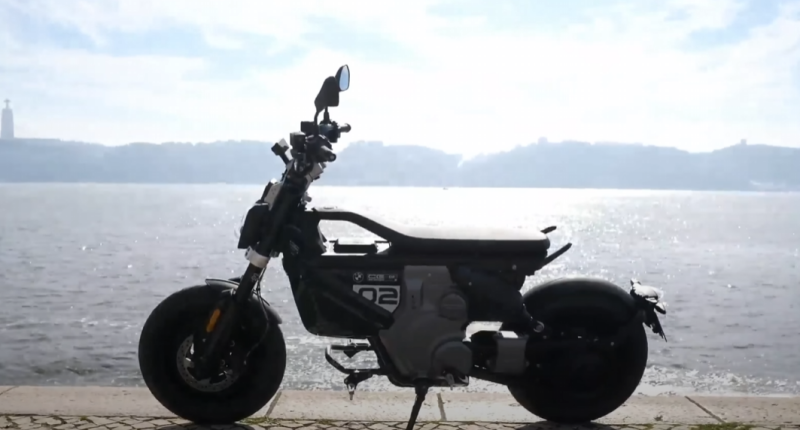One of the main requirements was the use of hydraulic transmission in its design. This choice, instead of the classic electric one, was not on the agenda by chance. Based on theoretical calculations and pre-existing prototypes, engineers came to the conclusion that the new type “kills two birds with one stone”: the production of equipment becomes cheaper, and its driving performance increases.
 TG102 in three-color color. Photo: youtube.com
TG102 in three-color color. Photo: youtube.comOf course, for the national economy, where railway locomotives were created in thousands of units, and freight traffic was constantly growing, this effect turned out to be very useful. But, unfortunately, in this particular case (as later developments showed) something went wrong.
From Voroshilovgrad to Leningrad
Yes, at that time these cities had exactly these names, so we will leave them instead of modern Lugansk and St. Petersburg. On the threshold of the seventh decade of the last century, the first prototype of a new diesel locomotive was produced at the VZOR base.
After the Luhansk residents presented the first-born TG1960 in 102, a fateful decision was made at the top. They were ordered to transfer all the documentation and necessary engineering support to their Leningrad colleagues.
With this relocation they did not want to infringe on the creators of the model, but simply streamlined its release as much as possible. After all, engines for a new cargo-passenger diesel locomotive were already being assembled in the northern capital. The logical solution turned out to be to close the entire production cycle on the basis of the Leningrad Diesel Locomotive Plant.
The new product had an advanced and very pleasant external design, vaguely reminiscent of one of the models of Czechoslovak high-speed locomotives. Its power indicators, which were one third higher than its predecessor, also added to optimism. Unfortunately, subsequent exploitation left no trace of the cordial hopes.
 TG102 had a two-section design. Photo: youtube.com
TG102 had a two-section design. Photo: youtube.comYou know, drivers and machinists often treat technology as a living organism, giving it a symbolic name or nickname. The fact that the new diesel locomotive received the phrase “a pinch from grief” (TG) most clearly reflects the feelings of the crews who serviced this locomotive.
Technical features of a not very successful railway machine
TG102 had a two-section design, and the driver's cabin was a separate element. They were attached to the main part using bolted connections, to which rubber gaskets were added for reliability and aesthetics.
However, during the short-term operation, the first weak point in the design already appeared. The body skin could not withstand the loads, causing frequent deformations. The issue was resolved radically by turning to a load-bearing type of hull. At the same time, a number of other changes were made to the execution of the technique:
✅ pinless trolley
✅ frame-mounted hydraulic system
✅ Voith hydraulic transmission was used (on several samples)
The changes made to the design made it possible to consider diesel locomotives produced since 1962 as modifications of the TG102K. Over time, several more variations of the design appeared, which had 8 different control systems:
✅ "R"
✅ "F"
✅ "FR"
The manufacturer was frantically looking for an opportunity to bring the diesel locomotive to optimal condition. But it seems that the initially weak design did not allow any noticeable success to be achieved. The equipment that worked on the Oktyabrskaya and Baltic railways invariably caused criticism and all kinds of criticism. In addition to low reliability, the following were blamed: strong vibration and noise when driving, periodic failure of diesel engines.
 Section trolley TG102. Photo: youtube.com
Section trolley TG102. Photo: youtube.comDespite good speed performance (120 km/h) and power (4 x 820 hp), production of the TG102 was completely discontinued by 1965. Eight years later, their decommissioning began, ending in the mid-80s. Over several years of production, only 79 units were assembled, some of them are now exhibits in railway museums.










